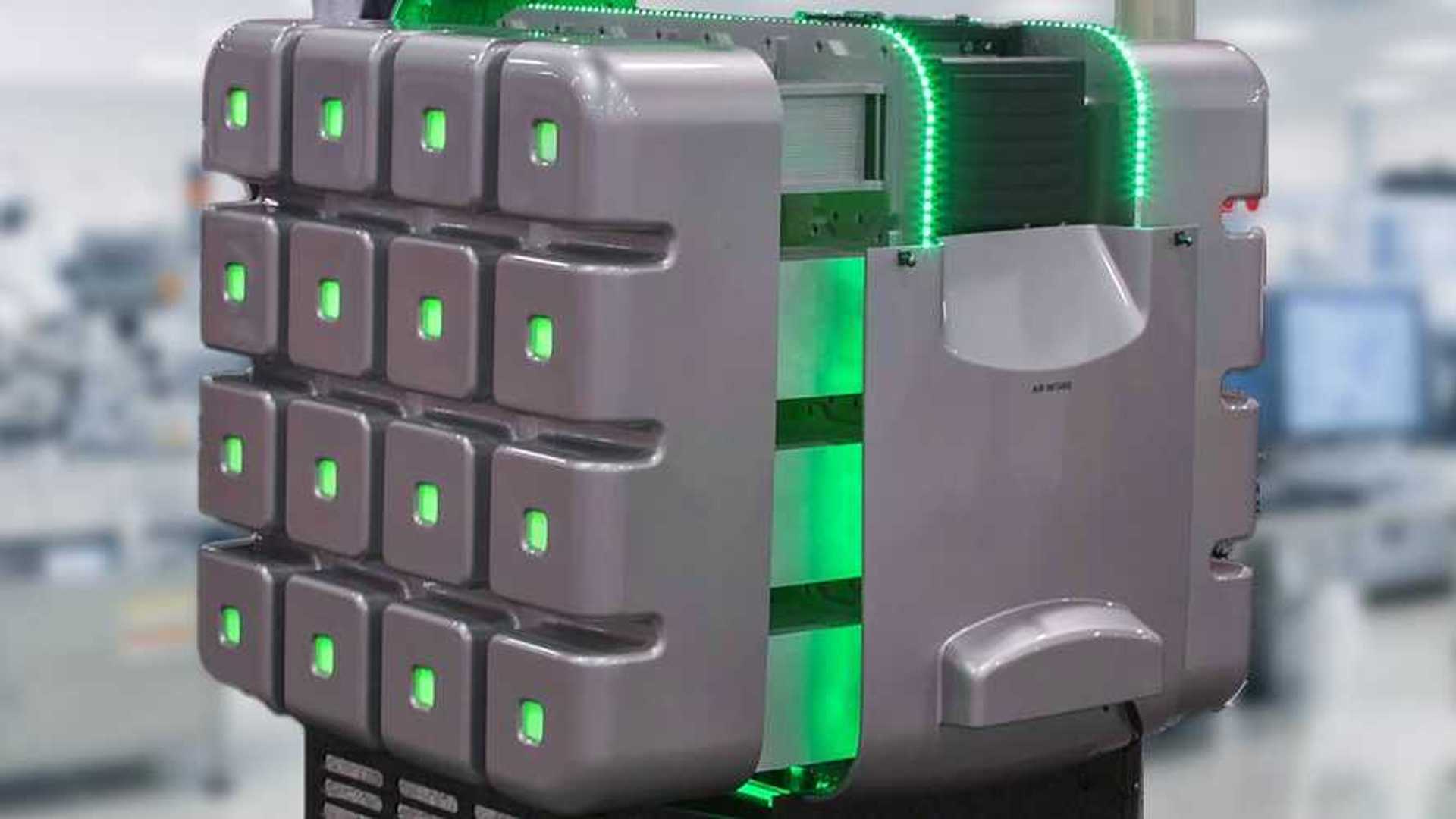

Electricity doesn’t, it has to be “pushed” (just as water has to sometimes be pumped). This is okay up to a point, but water also flows by gravity. Some more basics: If you read articles on how electricity flows, you see comparisons as to how water flows. Watts = Volts x Amps example: 60W = 12V x A and 60 ÷ 12 = 5 ampsĬharging voltage is different. They know that, if resting voltage ever reaches 12.1, they have deep-discharged one cycle and that a battery is good for only so many cycles (from as low as 20 in an automotive battery to 180 in a golf cart battery, with the typical RV/marine battery good for no more than 30). They never use more than 50% before recharging (resting volts of 12.3) except in an emergency. That means they never let resting voltage get below 12.5. Experienced RVers try to use no more than 20% to 50% of the energy available in a battery before recharging. The lowest limit is 10.5 volts (used in testing) and obviously unsatisfactory in practical use. No 12-volt battery will remain at over 14 volts for more than seconds unless it’s being charged.
12 volt car battery tv#
It’s either a goner or it has been deep cycled, and a battery can only be deep-cycled a limited number of times before it is indeed dead.ġ2-volt batteries supply useful energy only through a limited range - from over 14 volts (when fully charged and unrested) down to 10.5 volts in use/under load (when lights dim, pumps groan and TV pictures get small).

Actually, if a battery’s resting voltage is only 12.0 to 12.1 it means only 20 to 25% of its useful energy remains. When a battery reads only 12 volts under the above conditions, it’s almost fully depleted. A fully-charged 12-volt battery, allowed to “rest” for a few hours (or days) with no load being drawn from it (or charge going to it), will balance out its charge and measure about 12.6 volts between terminals.

Twelve volts is just a nominal, convenient term used to distinguish one battery from another. A 12-volt battery is not a 12-volt battery.
12 volt car battery how to#
12 volt car battery series#
Connecting Batteries in Series Parallel.#How To Wednesday Videos Deep Cycle Battery San Diego.Total Power Battery Replacement in San Diego.Affordable Car Battery for Sale San Diego.If you experience battery problems but you’re between scheduled maintenance checks, please don’t hesitate to have your vehicle checked. No manual? No problem! Jiffy Lube ® technicians can access your vehicle’s maintenance schedule and the recommended procedures. The schedule for your specific vehicle outlined in your owner's manual. Typically, it's recommended that the battery be inspected at least every 6 months/6,000 miles. Proper maintenance can help your battery keep working as designed. The higher the CCA, the greater the starting power. Hey, wait a minute! What’s CCA? CCA stands for cold cranking amps, and refers to the number of amps a 12-volt battery can deliver at 0✯ for 30 seconds while maintaining a voltage of 7.2 volts or more. The typical battery amperage ranges from 450 to 750 CCA. Simply put: a highly-optioned vehicle is going to have a higher amperage battery. The amperage rating is going to differ based on the number of options your vehicle has. Now that we’ve looked at how many volts in a car battery and how the battery works, we’re ready to move on to amperage.Īmperage, or amps, is a way to describe car battery current. These three steps repeat, over and over, powering your engine as the electrical energy is again converted to mechanical energy and the alternator recharges the battery to supply additional current. After the engine has started, the alternator produces an electric current that replaces the energy the starter drew from the battery.The starter converts the electrical energy to mechanical energy to crank the engine.To better explain, let’s take a step back and look at the integral role the typical 12-volt battery plays in your vehicle’s starting and charging system. The battery is boosted to these higher levels by the alternator. When the engine is running, battery voltage will typically rise to 13.5 to 14.5 volts.With the engine off, the fully charged car battery voltage will measure 12.6 volts.When we take a closer look, we see car battery voltage can range anywhere from 12.6 to 14.4. When discussing car battery voltage, we’re generally talking about a 12-volt battery. So, when something plays such a big role in your life behind the wheel, it’s just natural to wonder how it works. Without it, you couldn’t raise and lower the windows, lock the doors or keep the music playing. The battery gives your vehicle its get-up-and-go and a whole lot more.


 0 kommentar(er)
0 kommentar(er)
